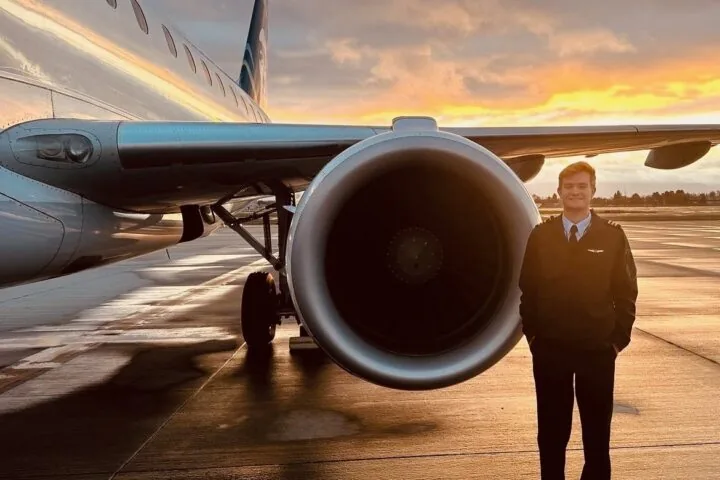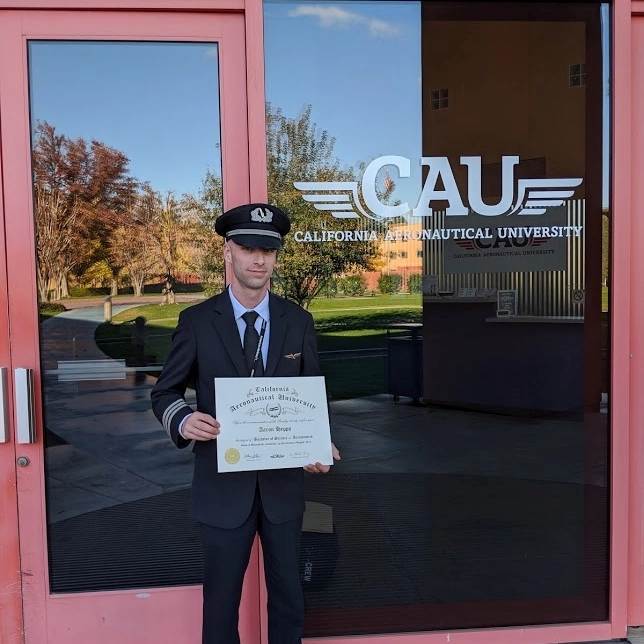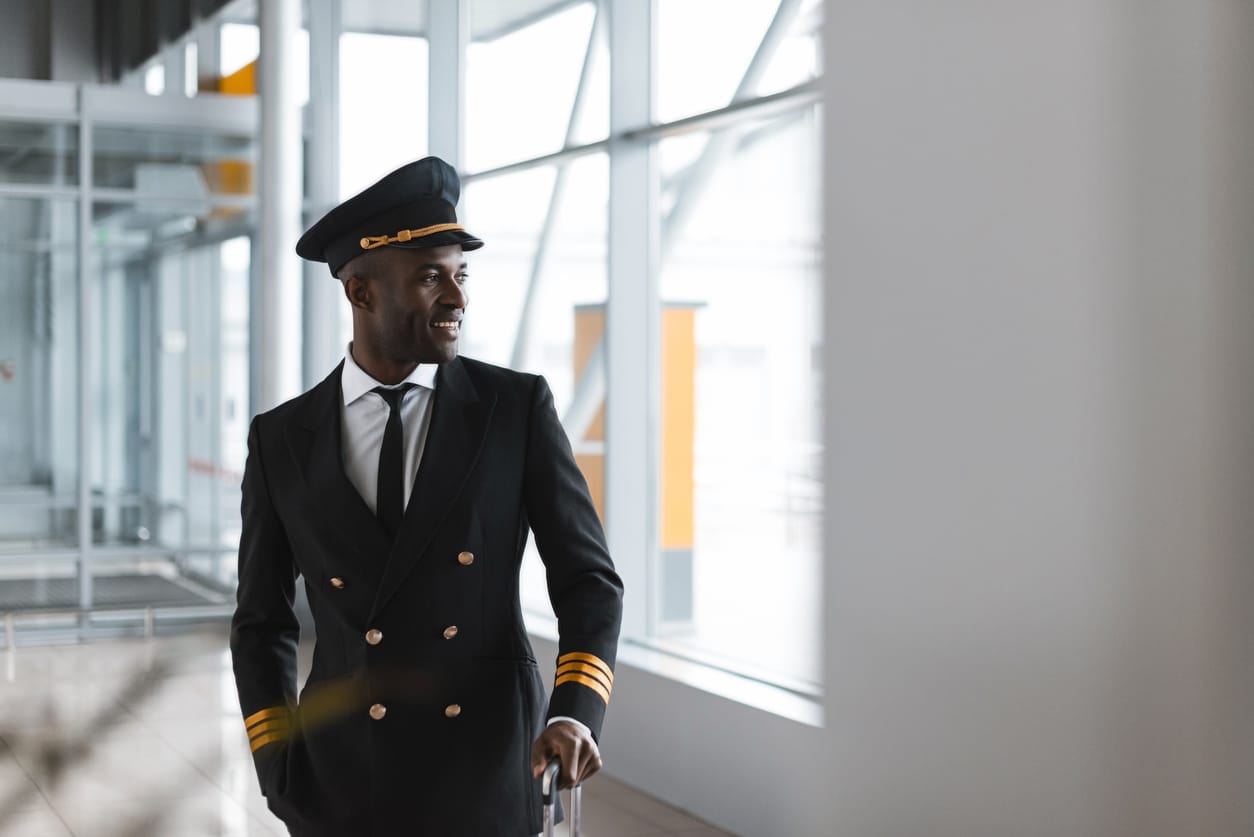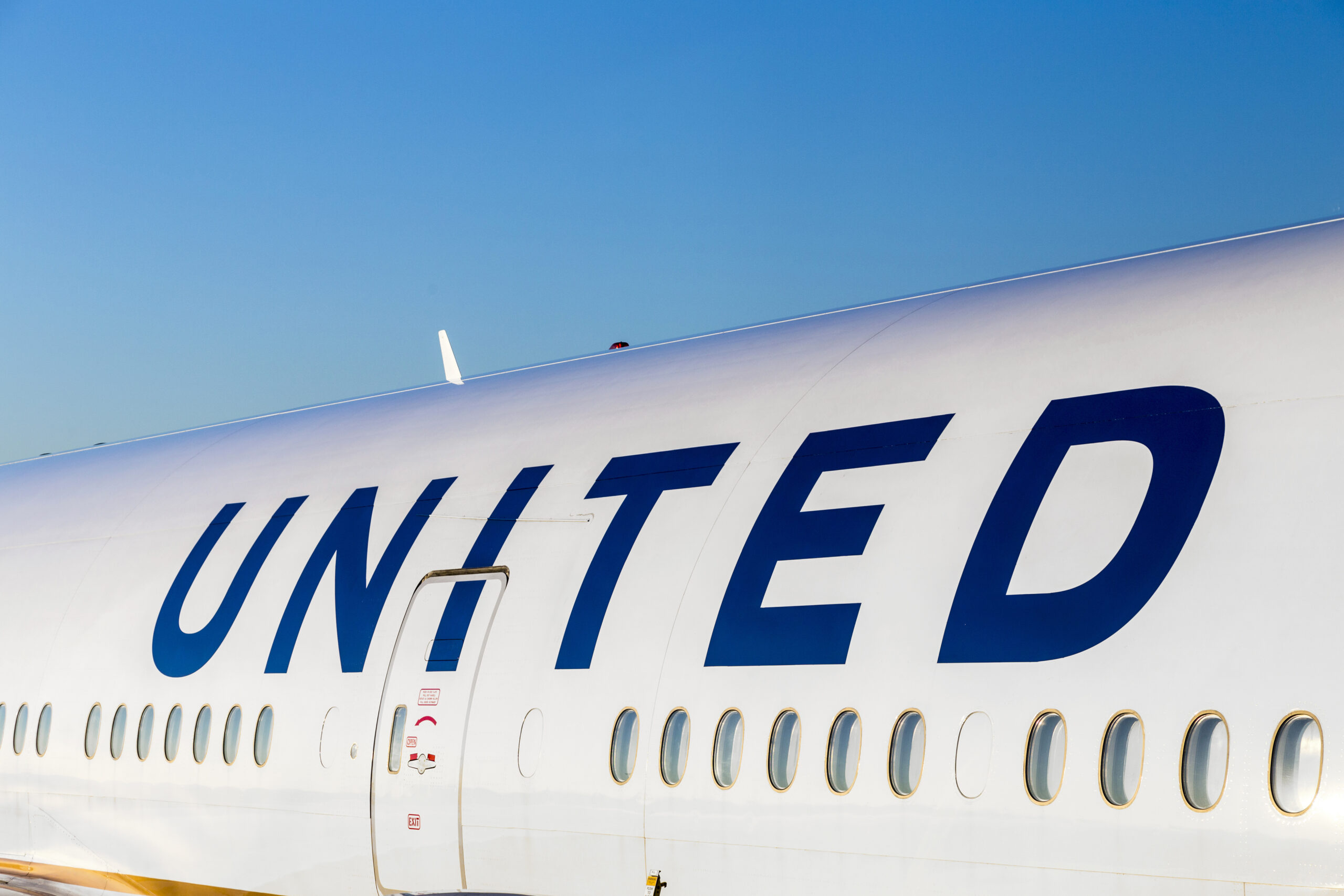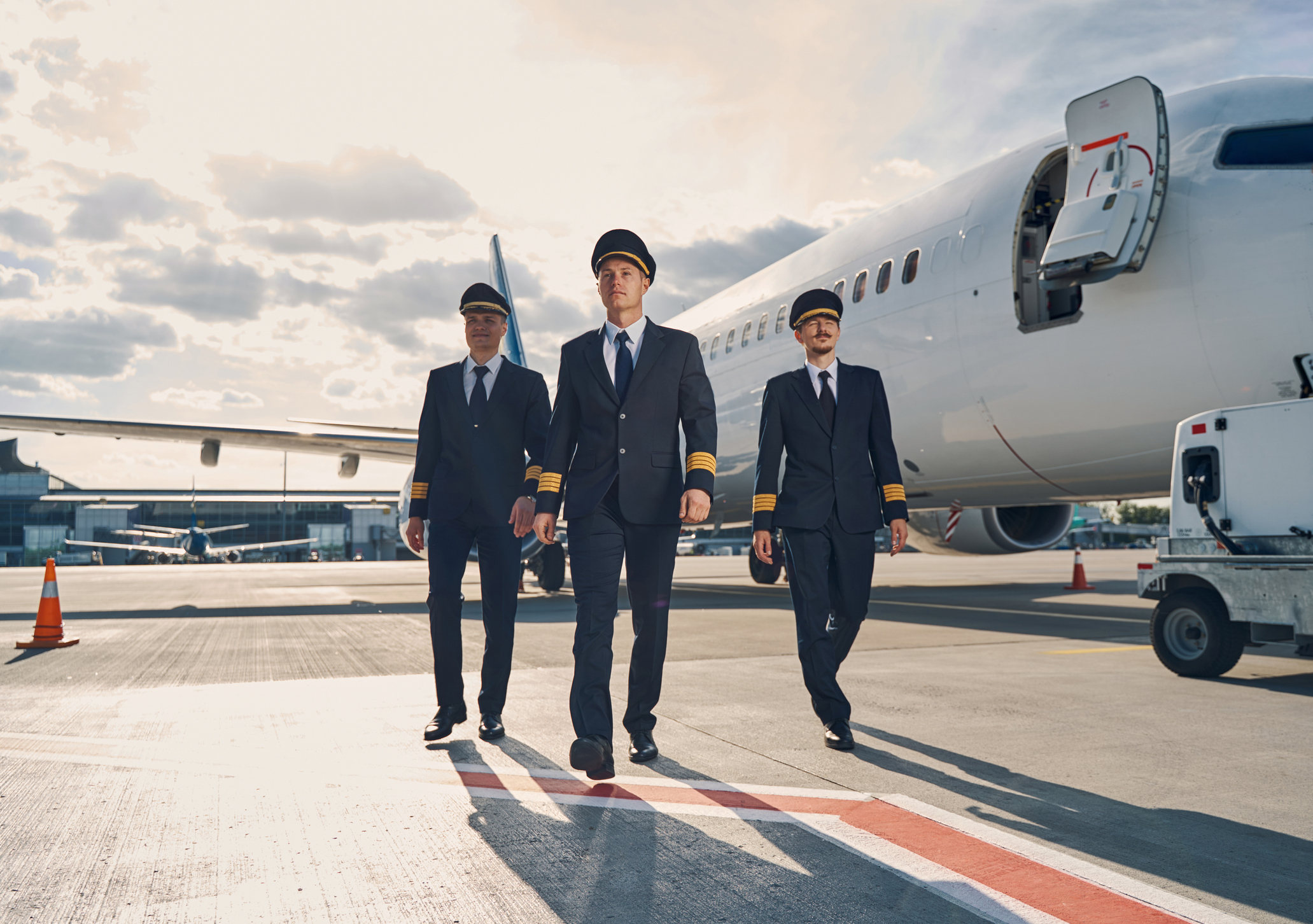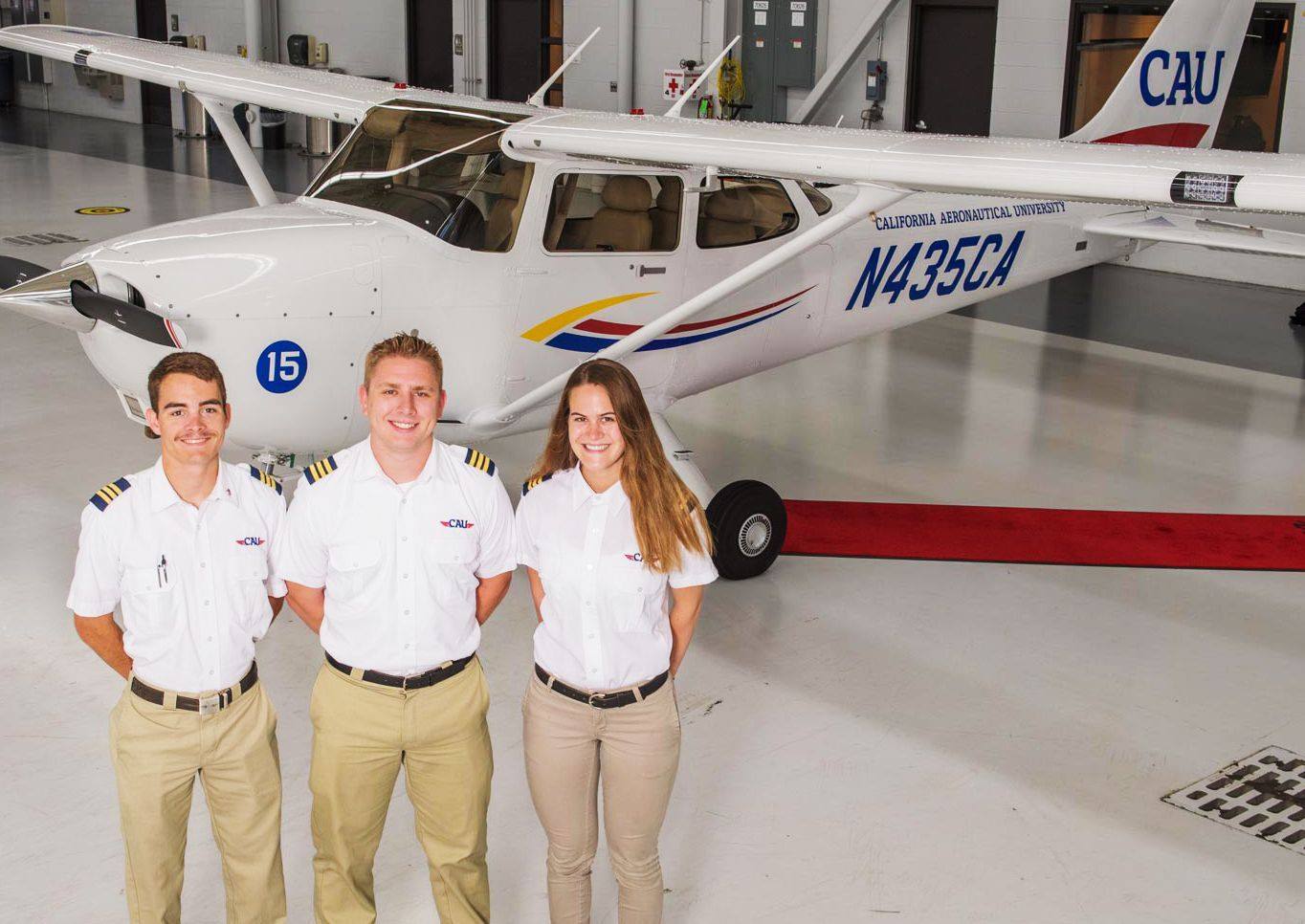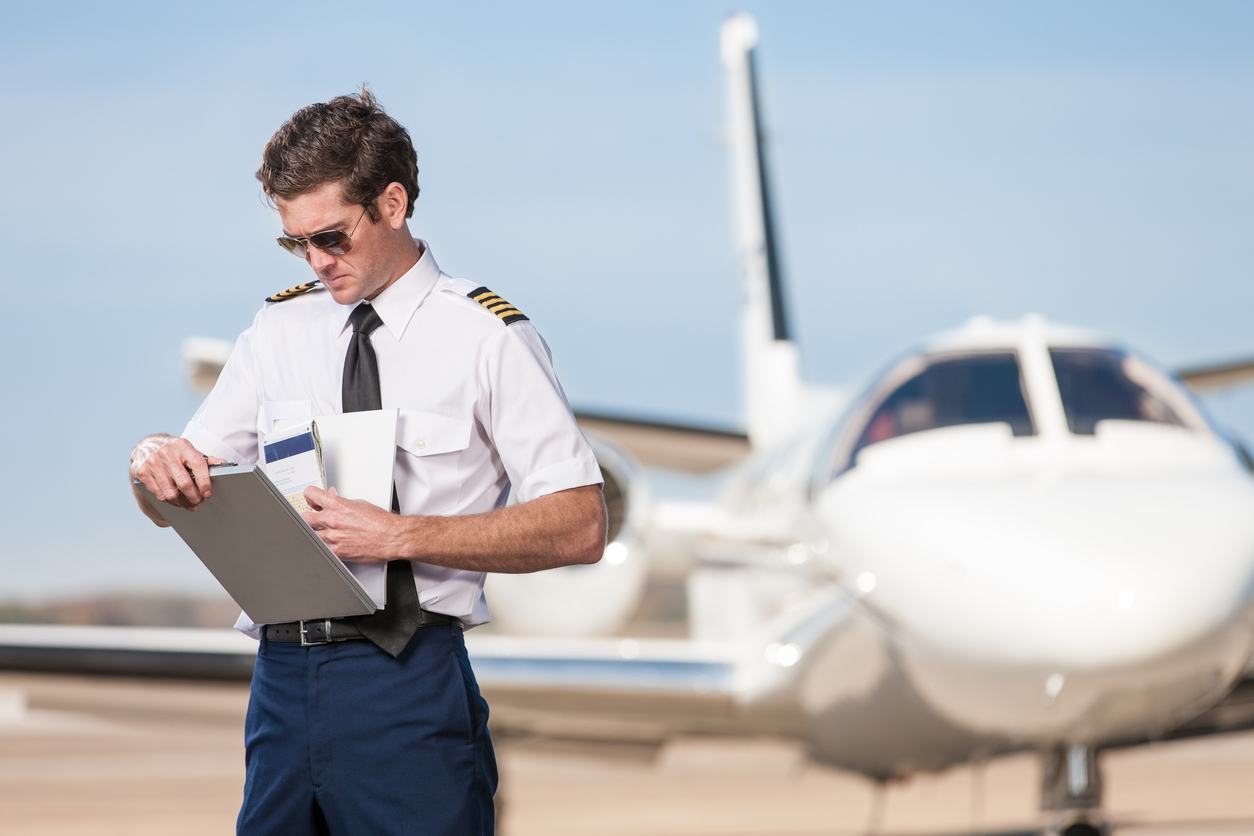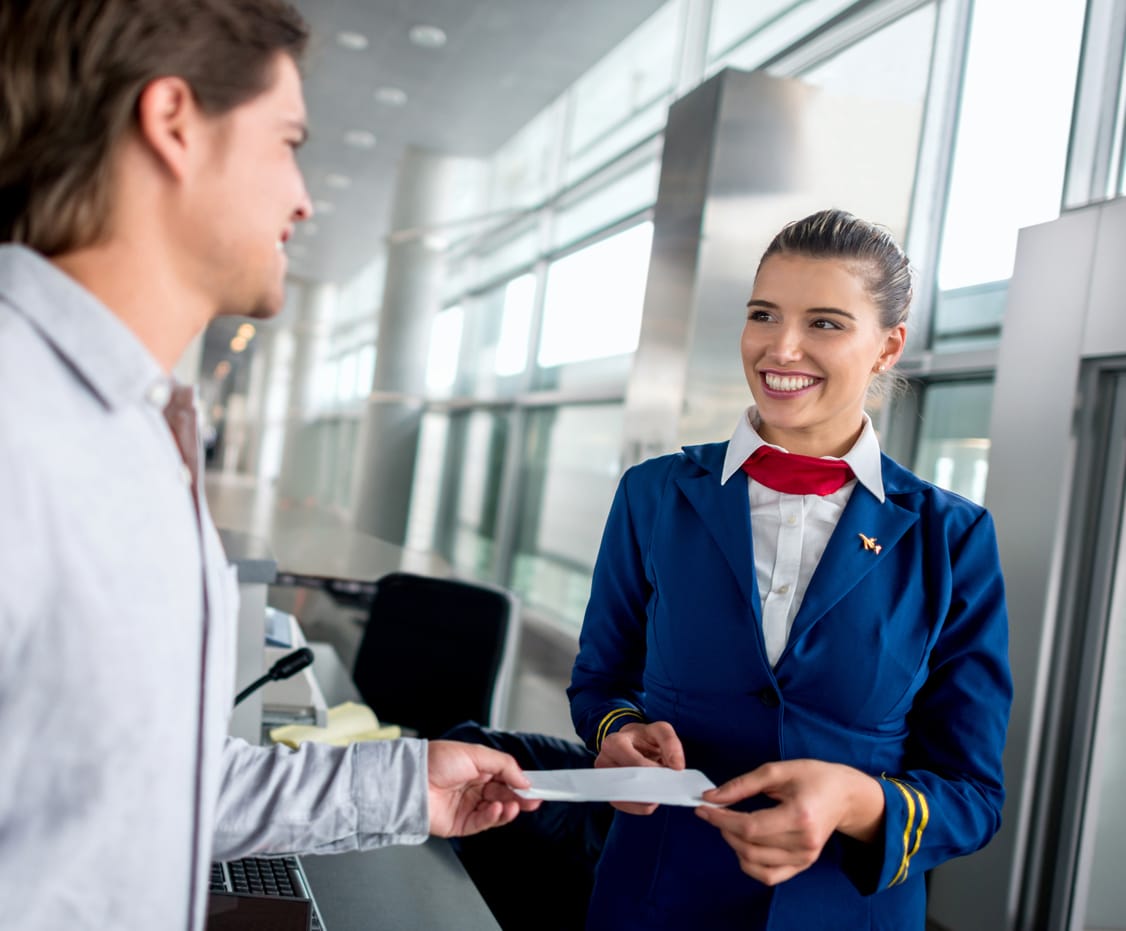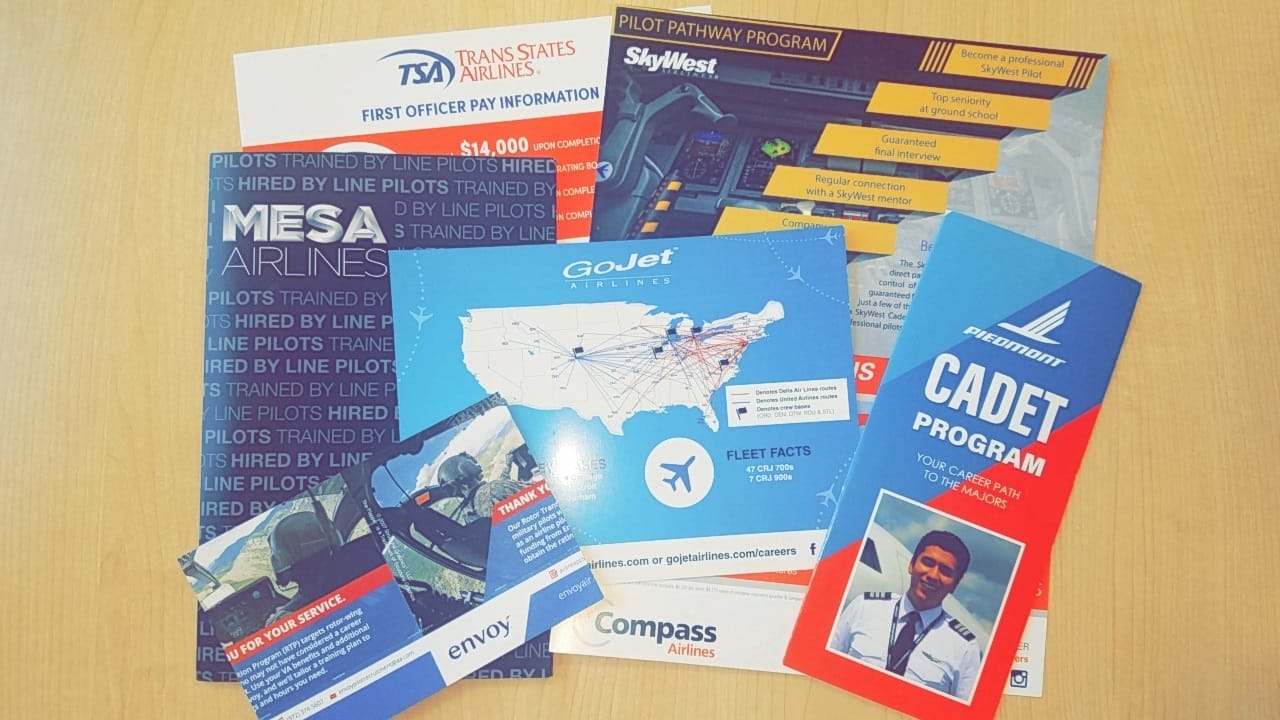Airline Pilot Hiring Process
Whether you’re just beginning flight training or completing your last hours toward your Airline Transport Pilot Certificate, it’s time to start preparing for airline interviews!
Yes, that’s right. Even if you’re a student pilot in the beginning stages of flight training, the airline pilot interview should be on your mind.
The airline pilot interview is typically an intense, multiple-event process that includes a Human Resources interview, a pilot-to-pilot interview (sometimes combined with HR), a technical interview and/or test, and a simulator or flight event. In addition, some airlines require an online personality test.
You’ll want to be prepared for each of these steps, especially in a competitive environment.
Airline Interview Prep
The airline pilot hiring process is a very involved one, starting with a lengthy application process that will include submitting your work and school history, address history, and many more details. It also includes your entire flying history, including your flight training experience and a specific breakdown of your hours into categories. This can be a time-consuming process and can take several days if you need to gather information.
If you are chosen for an interview, the first step is often more paperwork, including waivers and background check forms. This can come before or after an interview.
For some airlines, the first state of the interview process is a phone or video call with generic interview questions and a review of your paperwork. If you make it past this stage, you’ll be invited to an in-person interview, usually at the airline’s headquarters location. This in-person interview usually lasts several hours and has multiple components- an HR interview, a technical interview, and a simulator portion of the interview.
At some point during all of this, either before or after your interview, you’ll complete a lot of paperwork, including FAA documents, HR documents, and documents for a background check. You might be asked to take an online test, either a skills test and/or a personality profile.
Finally, if you’re offered a job, it is usually a conditional job offer until all of the test are completed, the background check is completed, and you complete the pre-employment screening, which also includes a Department of Transportation drug test.
But we’re ahead of ourselves. First, you must get the interview! Let’s dive into some tips and tricks to land an interview for your dream job!
Getting the Airline Interview
Getting an airline pilot interview is not an easy task. There’s the lengthy application process, of course, but the real work starts way before that!
Start Now
Your path to an airline interview starts now – at whatever stage of training you are in. As a student pilot, you’ll want to make a good impression on your instructors and stay in touch with them as they move on. Airline applications require letters of recommendation. Often, recommendations from current pilots at that airline will impact your application positively. While you may not know anyone flying at your dream airline as a student pilot, the pilots that you fly with and socialize with during your training years will also likely end up with airline jobs, and those people can help by offering recommendations.
In addition, aviation is a small world, and while you work your way up to your airline dream job, you’ll take smaller flying jobs along the way. Networking will help open up opportunities for those jobs and more as you move along during your flight training.
Always strive to make a professional, positive impression on the people you go to school with, the instructors you fly with, and your professors. These people can help you when it comes to applying for jobs.
Conversely, aviation is a small industry, and airline hiring teams take negative recommendations into account, as well. If you’ve made a bad impression, the people who know you will probably pass that along if they know you’re applying for a job.
Job Fairs and Career Expos
Another way to get a head start on your dream job is to attend job fairs and career expos. Joining professional organizations that offer these opportunities can give you important one-on-one time with airline recruiters. Sometimes, interviews occur and job offers are extended right at these events, but even if they don’t, it’s important to get time with recruiters. If you visit a particular company’s recruiters every year for three or four years, they’ll know you’re serious about working for them and that you’re not afraid of putting in the effort to get a job.
Airline Applications
Filling out airline applications is a big task. It can take a long time to do, and if not done correctly (i.e. perfectly), it can easily disqualify you. Follow instructions very carefully on airline job applications.
The breakdown of hours in your logbook must match other training records, for example. Any mismatch of hours logged will be a red flag for recruiters. For this reason, students are warned to keep a very detailed, consistent, and neat logbook from day one. Today’s digital logbooks make this step easier. Just make sure you are following the guidelines of the respective application and configuring your digital logbook with the appropriate categories desired.
Many airlines have collaborated to use the same software program, called Airline Apps. This can make it easier to apply to more than one airline at a time, but each airline’s application will still require careful review. And many airlines still use their own application system.
It’s probably worth it to get a review of your application by a paid application review service. These are airline professionals who will review your application and offer tips and guidance for those tricky parts. Even the smartest of pilots have been tricked by airline applications and not gotten job interviews due to very simple errors that are easy to fix.
The Airline Interview
Finally, the interview is here. Are you ready? What will they ask? What should you wear? Luckily, a few people have successfully been through the process before and as long as you do your research, the actual interview should be a breeze.
The Interview Starts Before the Interview
Before we get to the specifics of the interview itself, it’s worth noting that your interview begins before your interview. What does that mean? It means that it begins when you arrive at the airport to fly to the interview location.
Dress in a suit, or at least nice business casual attire, and treat the gate agents, the customer service agents, and everyone you come across with kindness. Employees likely know that you’re heading to an interview and are paying attention. Bad behavior has been known to be reported. Don’t drink alcohol, and mind your manners.
At the hotel, the same applies. They probably know you’re an interview candidate, and they probably have communication with the interview team who booked your hotel room (if it’s paid for by the company). Consider everyone you meet as part of the interview team – you never know when the person you’re riding the elevator with is on your actual interview team.
Airline Interview Questions
The airline interview will almost always have three components: A human relations (HR) interview, a technical interview, and a simulator or flight portion of the interview.
The HR Interview:
The HR interview is where you’ll field a variety of typical interview questions. These can include the standard questions like, “Tell me about yourself” or “What are your biggest strengths and/or weaknesses?” but airlines these days are offering more situation-based questions that have to do with your flying job. We call these TMAAT questions, or “Tell Me About A Time” questions. These might include:
-
-
- “Tell me about a time when you failed a flying test or check ride.”
- “Tell me about a time you demonstrated exceptional customer service at your prior job.”
- “Tell me about a time you had a conflict with a copilot.”
- “Tell me about a time you had to put safety above customer service.”
-
There are very simple techniques to answer any question you might come across, and they usually include answering honestly but in a way that shows growth and positivity.
The Technical Interview
The technical interview will likely be questions you already know, and if it’s an in-person technical interview, the process sometimes follows a simulated flight from one destination to another. It’s good to know something about the company’s destinations and aircraft types, although they’ll often ask you questions based on the last airplane you flew. The other questions vary based on the airline, but might include IFR rules and regulations, FARs, aircraft systems, and weather. Most of these will be questions you’ve been exposed to.
Finally, there is usually a simulator or flight portion of the interview. Sometimes this is done in a real simulator and includes an approach or two. Other times, it’s in a Flight Training Device or “paper cockpit” and will involve a flight scenario that might test your decision-making or CRM skills. The details of these interview types can be found in online forums, through contact with pilots at the company, and/or will be given to you in advance by the interview team so that you have an idea of what is expected.
If the event is in an actual simulator in an aircraft that you have never flown before – don’t worry! The interviewer is looking for you to display basic information and not to fly the aircraft to its smoothest landing. They understand you may not have flown that type of aircraft before, and really want to see basic airmanship, including how to fly an approach or how to recover from an unusual attitude.
Before your interview is a good time to take advantage of the career services offered at your college. The career services office offers career prep courses, including airline interview preparation.
In addition, there are many reputable airline interview prep companies who will review questions and answers in depth and teach you how to best answer those hard questions. It is highly recommended that you fully prepare for this interview to the best of your ability.
How to Dress for an Airline interview
“What do I wear?” is one of the most common questions asked when it comes to airline pilot interviews, and there’s a very simple answer: A suit and tie.
There’s no other option. For your standard airline interview, the dress code is a suit and tie for men, and a suit without a tie for women. There are exceptions at non-airline jobs that may allow for more casual attire, but every airline interview is the same.
DO:
-
- Wear a professional black, blue, or neutral colored suit
- Wear polished shoes
- Wear a black, red, or blue tie.
- Some people choose to wear the colors of the airline or to match their outfit to the current pilot uniform at the airline. This isn’t necessary, but the theory is that they’ll “see” you as a pilot at their airline.
- Cover tattoos and take out body piercings. The airlines are very conservative when it comes to physical appearance. Many still ban tattoos or require them to be covered at work.
- Shave. Beards are usually not allowed for pilots on the job.
DON’T
-
- Wear anything you haven’t worn before. This isn’t the time for new shoes that will give you blisters.
- Wear anything too warm or uncomfortable. Interviews are stressful and a warm, wool suit might look nice but could be too hot on a summer tour of the flightline.
- Wear flashy colors or shirts or suits with patterns or bright colors.
- Wear unpolished shoes
- Wear too much jewelry. For women, keep it simple. Stud earrings are fine, but more will be a distraction.
The airline interview process can be daunting. It’s a lot of effort on your part, but it’s worth it. Start early, use all of your resources, and do your research, and you’ll be on your way to your dream job in no time!
Ready to soar in your aviation career?
